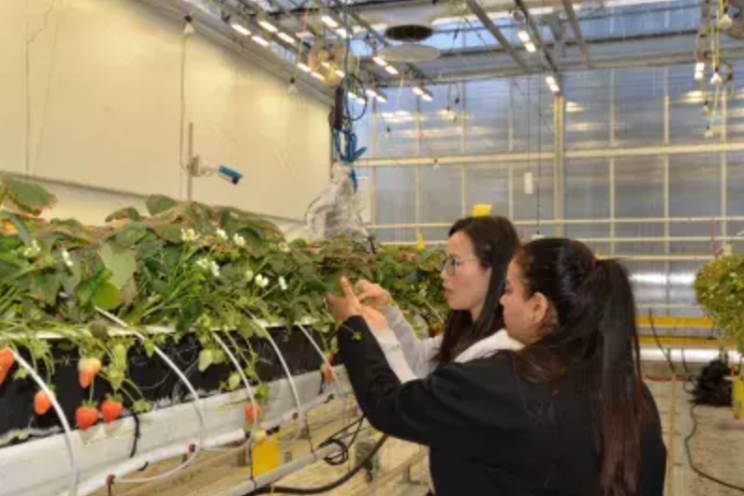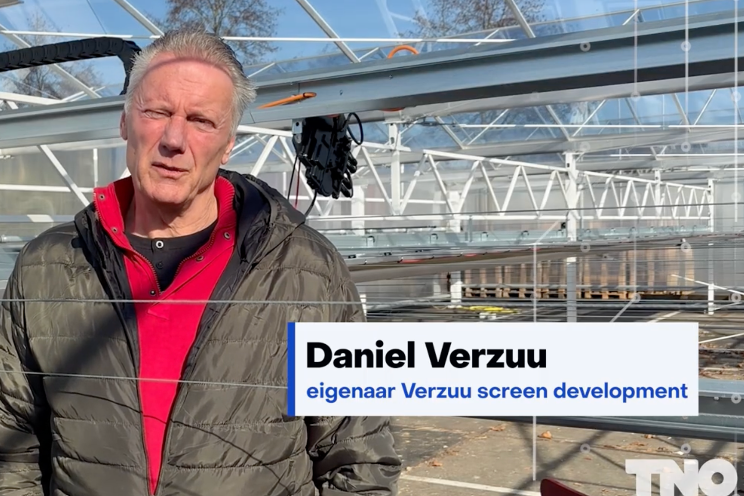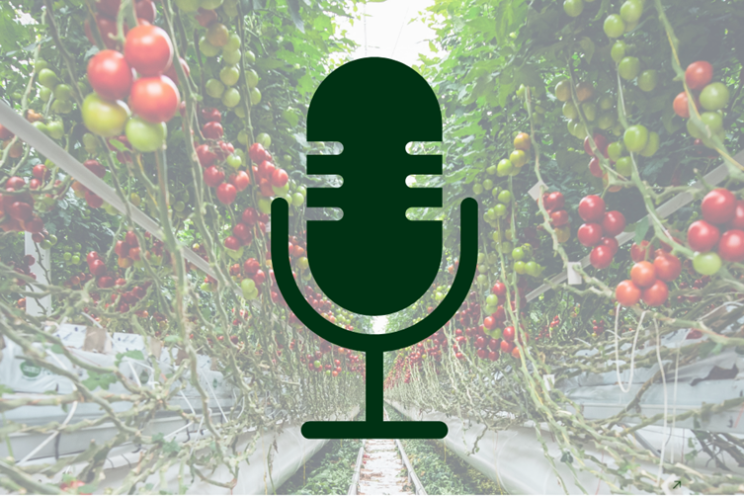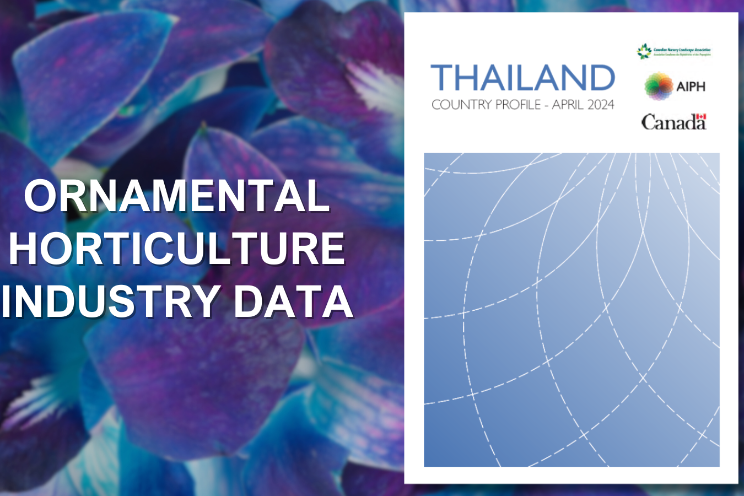All eyes on Turkey: what could the Simav Project mean to you?
Added on 21 October 2024
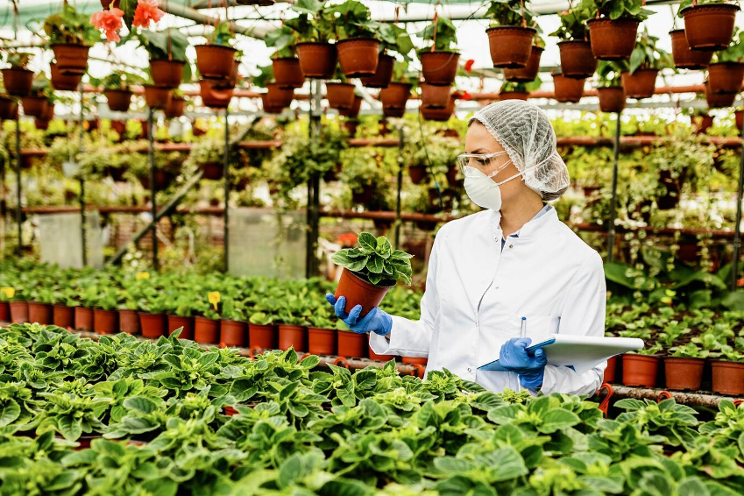
From ancient times to its bustling modern-day bazaars , Turkey has always been a fertile hub for agriculture, feeding populations across continents. Positioned between Europe and Asia, the country’s rich agricultural heritage, combined with its strategic location and climatic diversity, has allowed it to flourish as a major supplier of essential crops for centuries. With temperate Mediterranean climates in the west, rainy conditions in the Black Sea region, and arid highlands in Central Anatolia, it has long been a land of bountiful harvests.
Simav’s geothermal project marks a new era in horticulture, one where eco-friendly practices meet high efficiency, providing Europe with sustainable, high-quality produce that could outmatch traditional farming methods by far. It also opens a door to incredible opportunities for investors seeking to tap into Europe’s ever-growing demand for fresh, sustainable food. Thanks to the country’s Customs Union Treaty with the European Union, produce grown in Simav’s geothermal-powered greenhouses will be able to flow seamlessly into European markets, offering a compelling case for why this project is poised to become a cornerstone of modern horticulture.
Turkey, particularly the region of Simav in Kütahya, sits on active tectonic fault lines, making it rich in geothermal resources. Unlike conventional energy sources, geothermal energy provides a reliable and sustainable source of heat. This resource is already powering agriculture, with greenhouse projects making year-round crop production possible. By harnessing geothermal energy, Simav has turned a challenge—its climate—into an advantage by creating controlled environments for crops in a cost-effective and eco-friendly manner
Simav's geothermal potential is now being used to heat greenhouses, allowing farmers to cultivate high-value crops like tomatoes, cucumbers, and herbs, 12 months a year. This innovation is an example of how geothermal energy is revolutionizing agriculture in Turkey, reducing energy costs, extending growing seasons, and producing exportable goods for Europe.
The Simav Geothermal Greenhouse Project covers an area of 1.18 million square meters, split into 44 greenhouse plots and 16 industrial plots. These greenhouses, equipped with advanced technologies, will be powered by geothermal energy from nine new wells (seven production wells and two reinjection wells). The project will use this energy to maintain optimal temperatures for crop cultivation, boosting agricultural production in the region.
In addition to greenhouse farming, the project includes industrial processing facilities. These facilities will support the processing and packaging of agricultural goods produced in the greenhouses. The combination of year-round production capabilities and the ability to process goods on-site positions Simav as a future agricultural hub.
The project, which is state-supported, is expected to be completed by 2025 and aims to enhance local employment and regional economic growth
The Turkish government is heavily involved in this project, providing significant support through grants, subsidies, and technical assistance. The Ministry of Agriculture and Forestry, along with the Simav Chamber of Commerce, is actively promoting the use of geothermal energy in agriculture. This makes the Simav project a key initiative in Turkey’s broader strategy of increasing sustainable agricultural practices.
As Şeref Kazcıoğlu, President of the Simav Chamber of Commerce and Industry, aptly said, “The state's support for this project is of great importance for the future of the region.” This isn’t just another greenhouse operation; it’s a game-changing development that underscores the country’s commitment to merging tradition with innovation, and as Kazcıoğlu put it, “These steps will greatly contribute to regional development and local employment.”
One of the most compelling reasons for foreign investors to consider entering Turkey’s horticultural sector, especially through projects like the Simav Geothermal Greenhouse, is the affordability of land. As of 2024, land prices in Simav range from 45 to 111 TRY per square meter (approximately €1.53 to €3.76), making it an attractive option for investors. In comparison, land prices in France, particularly in agricultural regions or near urban centers, can range from €10 to €15 per square meter or even higher, depending on location.
This stark difference in land costs gives investors in Turkey a significant financial edge, allowing them to acquire larger plots at a fraction of the cost they would face in Western Europe. This affordability frees up capital for developing advanced infrastructure, such as geothermal-powered greenhouses, to enable year-round crop production. Moreover, Turkey’s proximity to European markets and its Customs Union Agreement with the EU, allowing for tariff free export of processed agricultural products, further solidify the financial and strategic benefits of investing in Turkish horticulture.
While the Simav project presents numerous opportunities, there are some challenges to consider. Bureaucratic hurdles are common, particularly for foreigners unfamiliar with the local business environment. Securing the necessary permits for land use, building greenhouses, and accessing geothermal energy can be time-consuming.
Another challenge is the competitive local market. Domestic Turkish companies, with strong government backing, may present significant competition. However, foreign investors with unique technologies or expertise in geothermal agriculture could carve out a competitive edge.
By Daniel Ciurea
More news

